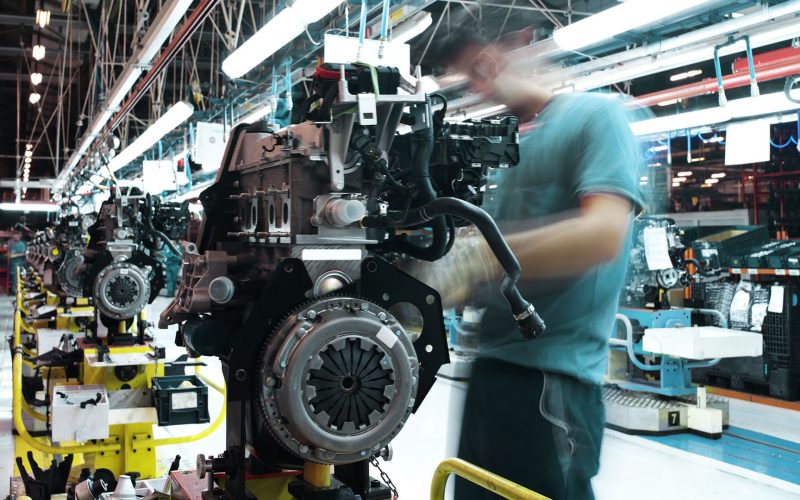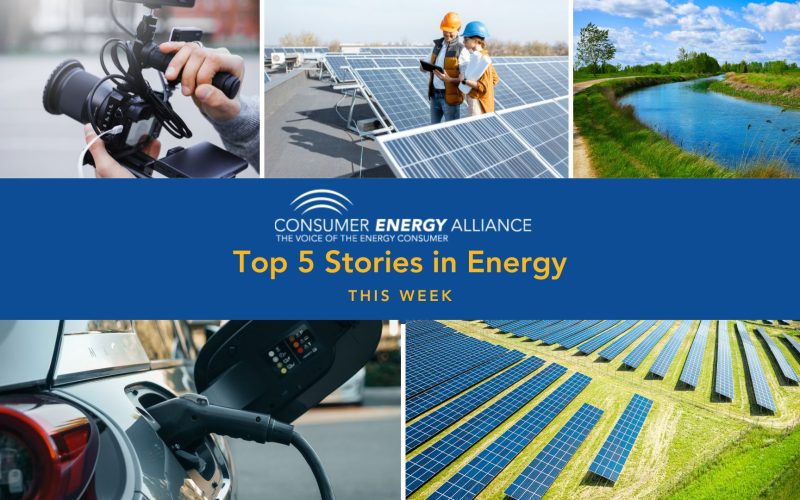THE VOICE FOR THE ENERGY CONSUMER

Option Favored by Majority of Americans Including Independents Appears to Be Obvious Choice for Biden Administration WASHINGTON, D.C. – A majority of Americans across every demographic (60%) believe the only.

As multiple state and federal elected officials discuss the suspension of gas taxes to lower prices at the pump, CEA’s David Holt joined KTRH to discuss some the implications this.

In its latest International Energy Outlook 2021, the U.S. Energy Information Administration stated “global energy consumption will increase nearly 50% over the next 30 years. Although petroleum and other liquid.

CEA’s third-party, independent report on the consequences of shutting down Line 5, which includes increasing fuel costs on families across Ohio, Michigan, and other Midwestern states by more than 10%,.

WASHINGTON, D.C. – Consumer Energy Alliance (CEA), the leading energy and environmental advocate for families and businesses, today sent letters urging state leaders across America to support policies to increase.

As Ukrainians enter their third week of fighting to defend their country from Russian occupiers, American GOP Senators are attempting ban Russian oil imports by adding language to a House-passed.

CEA’s Kevin Doyle joined The Global Lane on CBN News to discuss how commonsense energy policies can help the Biden Administration fulfill promises to America’s allies while also proving lower,.

TALLAHASSEE, FL – Consumer Energy Alliance (CEA) released the following statement by CEA Florida Executive Director Kevin Doyle after the Governor’s Roundtable Event on Energy Policy in Doral today: “We.

WASHINGTON, D.C. – Consumer Energy Alliance (CEA) released the following statement about the Senate Energy and Natural Resources Committee hearing on Thursday entitled “The Use of Energy as a Tool.

WASHINGTON, D.C. – Consumer Energy Alliance (CEA) released the following statement in response to reports that the Biden Administration plans to ban Russian oil imports, while seeking oil from Iran.